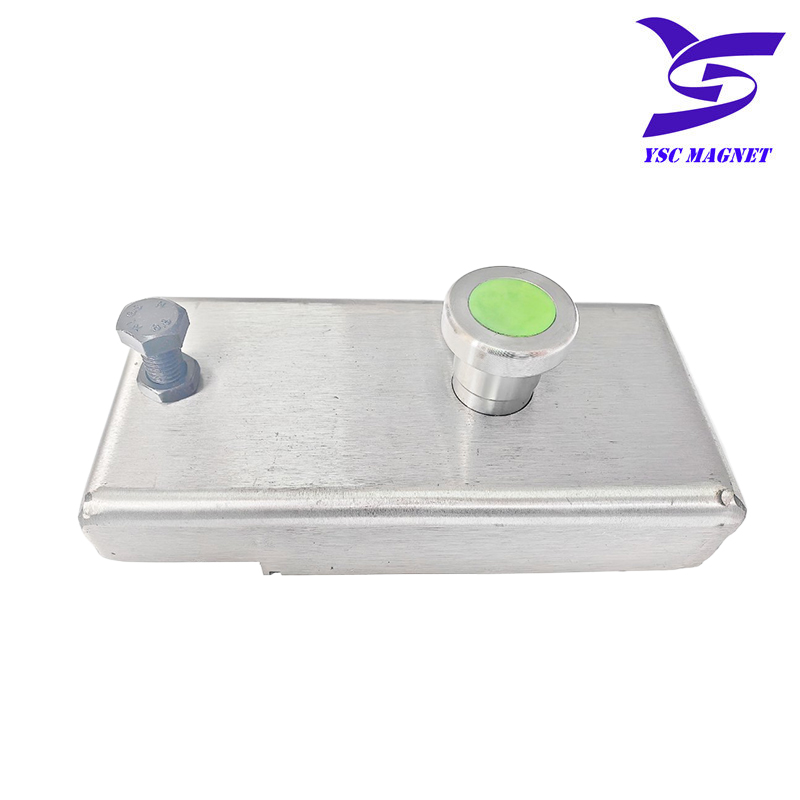- This topic is empty.
-
AuthorPosts
-
27/09/2024 at 14:07 #78069
In the heart of modern automotive engineering lies a component that is as crucial as it is inconspicuous: the NdFeB magnet fixed magnetic box. This seemingly simple device plays a pivotal role in the performance and reliability of electric motors, generators, and sensors within vehicles.

Applications in Electric Motors
The electric motor is perhaps the most critical application of NdFeB magnet fixed magnetic boxes in the automotive industry. Electric vehicles (EVs) and hybrid electric vehicles (HEVs) rely on these motors for propulsion. The NdFeB magnets within the motor's rotor provide the necessary magnetic field to interact with the stator's windings, generating torque and thus motion.
The high coercivity and energy density of NdFeB magnets allow for more compact and powerful electric motors. This not only improves the vehicle's performance but also contributes to energy efficiency and reduced weight, which are crucial factors in the design of modern EVs.
Generators and the Role of NdFeB Magnets
Generators in vehicles, whether for charging the battery in a conventional car or for regenerative braking in an EV, also benefit from NdFeB magnet fixed magnetic boxes. The magnets within these generators help convert mechanical energy into electrical energy, which is then used to power the vehicle's electrical systems or recharge the battery.
The efficiency of this conversion process is directly related to the strength and stability of the magnetic field provided by the NdFeB magnets. By maintaining a consistent and powerful magnetic field, these generators can operate more effectively, leading to improved fuel efficiency and reduced emissions.
Sensors and the Precision of NdFeB Magnets
In addition to motors and generators, NdFeB magnet fixed magnetic boxes are also used in various sensors throughout a vehicle. These sensors may be used for position sensing, speed detection, or even safety features like airbag deployment.
The precision and reliability of these sensors are enhanced by the consistent magnetic field provided by the NdFeB magnets. For instance, in a speed sensor, the magnetic field interacts with a target passing by, generating a signal that is proportional to the speed of the target. The stability of the NdFeB magnet ensures that this signal is accurate and reliable, contributing to the overall safety and performance of the vehicle.
https://www.cnysckj.com
Ningbo Yongshengcheng Magnetic Technology Co., Ltd. -
AuthorPosts
- You must be logged in to reply to this topic.